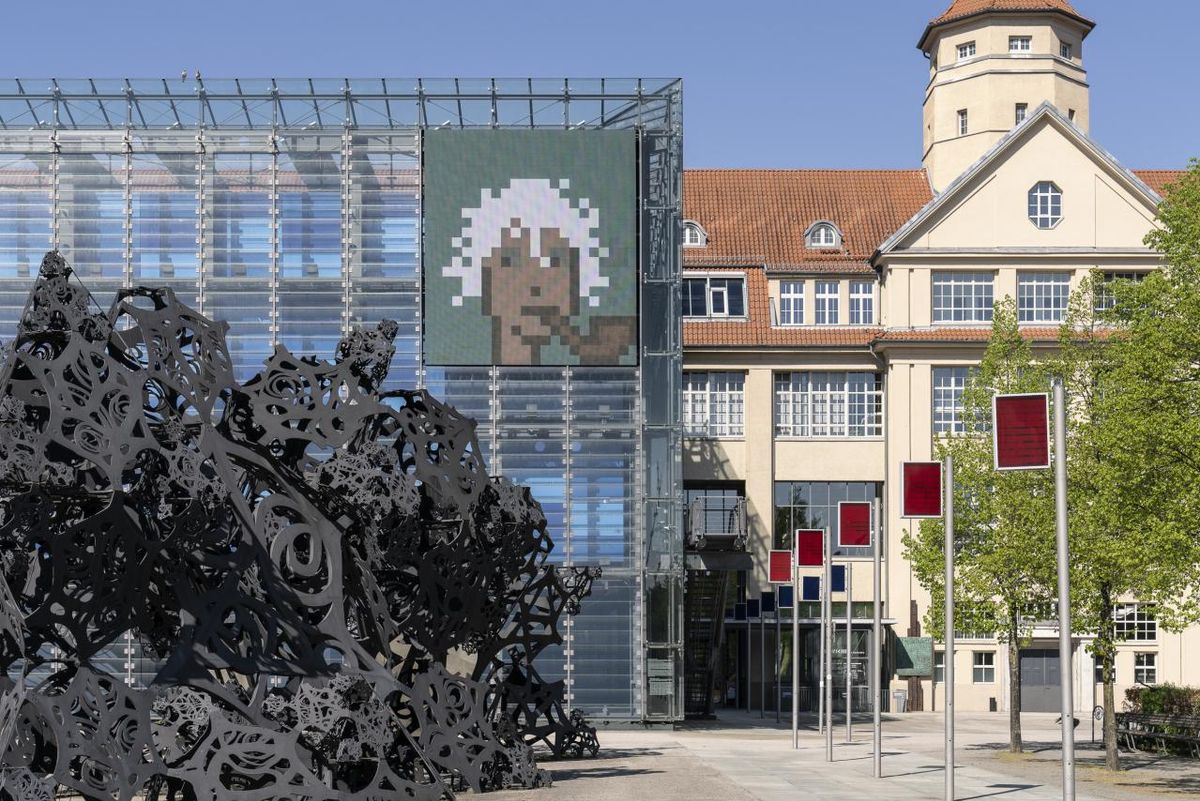One of Germany's most notable art and media museums, the ZKM Centre for Art and Media in Karlsruhe, last year accidentally lost access to two Cryptopunks, the highly valuable NFTs created by LarvaLabs and owned by the likes of Jay-Z, it has emerged.
The digital works, now valued at around ETH 60 ($187,000) each, were acquired for the museum in 2017 by its software programmer and resident crypto expert Daniel Heiss. He bought a total of four punks for around $100 each, an acquisition made possible via a crypto-mining rig (the hardware used to mine cryptocurrency) that the ZKM had set up in its basement as part of the 2017 Kryptolab Installation in the exhibition Open Codes.
However Heiss, attempting to send two of the punks to another online address, accidentally "burned" the works—a term in crypto parlance where NFTs are sent to an inaccessible wallet.
Despite the event having occurred in April, Heiss has only recently decided to discuss the incident publicly. “I was browsing etherscan and had copied and pasted the smart contract address of the cryptopunks contract, which is also a valid wallet address, just one that nobody has keys for,” he says.
But all was not for naught, Heiss soon realised. The two cryptopunks could still be seen as archived or locked up for infinity in a vault. “What defines ownership?,” he speculates, "maybe it is less about being able to trade the work, and more about establishing a chain of provenance".
This concept is something that has been on Heiss's mind since he learned of the DEAD NFT project, where one can send NFTs to a graveyard.
"The transfer of the punks was a stupid copy/paste failure," Heiss says. "But seen another way, it’s somehow a statement about what blockchain and cryptography is. The museum’s purpose was never to sell the works anyway,” he adds. "So seen another way, the two punks are ours forever, verifiably inaccessible, because the address of the CryptoPunks smart contract can be seen as a so-called 'nothing-up-my-sleeves number'."


